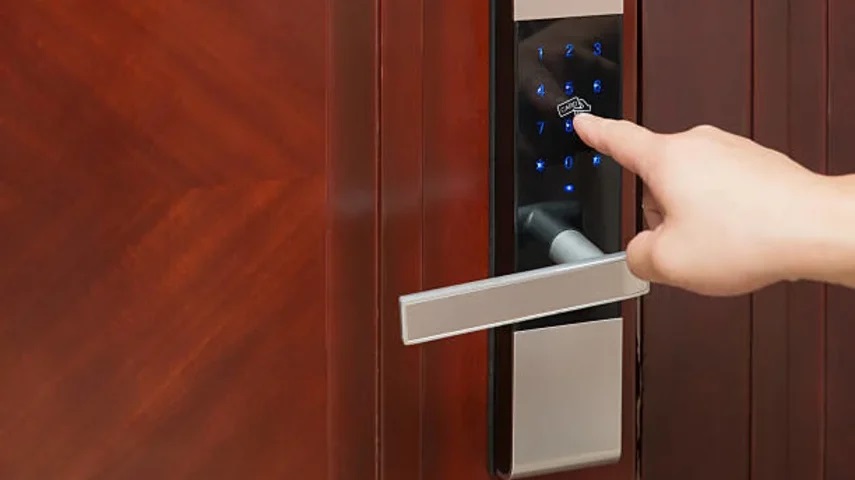In the ever-evolving landscape of smart home technology, smart locks have emerged as a revolutionary addition to the traditional door lock. These intelligent devices not only provide enhanced security but also offer a convenient and futuristic way to manage access to our homes. In this article, we delve into the inner workings of smart locks, exploring the technology that powers these modern marvels.
1. Connectivity and Communication
At the core of smart lock is their ability to connect and communicate with other devices. Most smart locks utilise wireless technologies such as Bluetooth, Wi-Fi, or Zigbee to establish a connection with smartphones, tablets, or other smart home devices. This connectivity enables users to remotely control and monitor their locks, adding a layer of convenience and flexibility to traditional lock systems.
2. Authentication Mechanisms
Smart locks leverage advanced authentication mechanisms to ensure secure access to your home. While traditional locks rely on physical keys, smart locks embrace a variety of authentication methods, including PIN codes, biometrics (such as fingerprints or facial recognition), and even voice recognition. This multifaceted approach enhances security, reducing the risk of unauthorised access.
3. Mobile Apps and Remote Control
One of the key advantages of smart locks is the ability to control them remotely through dedicated mobile apps. These apps allow users to lock or unlock their doors from anywhere with an internet connection. Whether you’re at work, on vacation, or simply forgot to lock the door on your way out, the convenience of remote control adds a new level of accessibility to home security.
4. Integration with Smart Home Ecosystems
Smart locks often play a pivotal role in a broader smart home ecosystem. Integration with other platforms enables users to incorporate their smart locks into automated routines and voice commands. For example, you could program your smart lock to automatically lock the door when you say, “Goodnight,” simplifying your nighttime routine.
5. Security Features
Security is paramount when it comes to home access, and smart locks are designed with a range of features to safeguard against unauthorised entry. Many models offer activity logs, providing a detailed record of who accessed the lock and when. Additionally, some smart locks feature tamper alerts, notifying homeowners if there is an attempt to force the lock open.
6. Power Source and Battery Life
Unlike traditional locks that rely on manual mechanisms, smart locks require a power source to operate their electronic components. Most smart locks are battery-powered, with many models boasting impressive battery life. Some even come equipped with low-battery indicators, alerting users when it’s time to replace the batteries to ensure continuous operation.
7. Keyless Entry and Temporary Access
Say goodbye to fumbling with keys – smart locks offer keyless entry options. Users can grant temporary access to guests or service providers by issuing virtual keys or PIN codes that expire after a specified period. This feature not only enhances security but also provides flexibility in managing access to your home.
Conclusion
Smart locks have revolutionised the way we secure and access our homes, merging cutting-edge technology with everyday convenience. By understanding the fundamental principles behind their operation, users can make informed decisions when choosing the right smart lock for their needs. As these intelligent devices continue to evolve, the future of home security looks increasingly connected and accessible, putting control at our fingertips and unlocking new possibilities for a smarter, more secure home.

